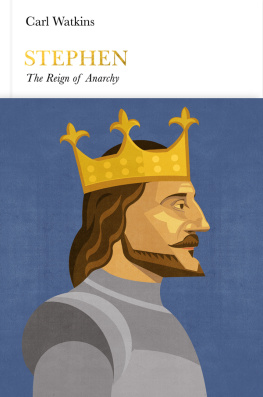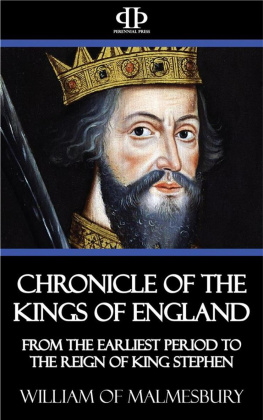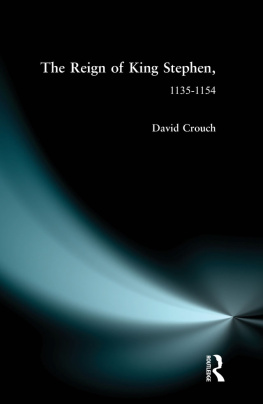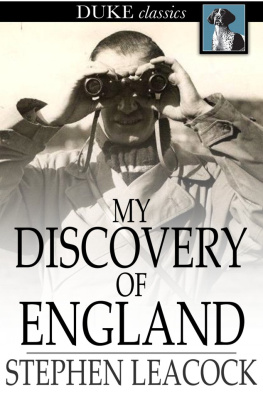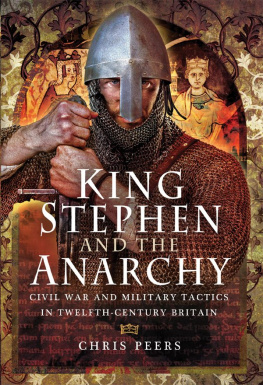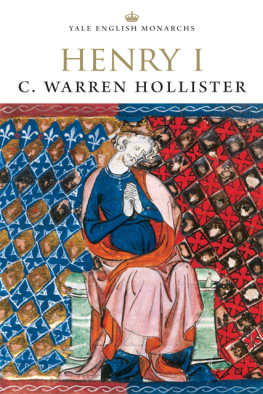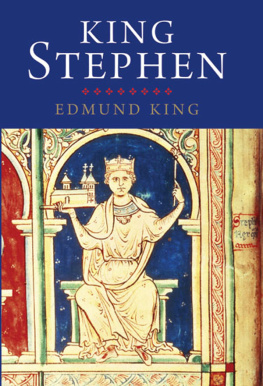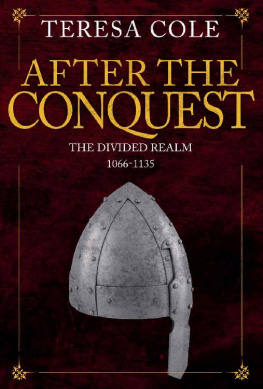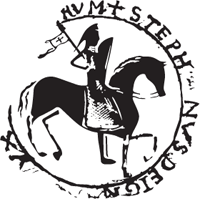Contents
Carl Watkins
STEPHEN
The Reign of Anarchy
ALLEN LANE
UK | USA | Canada | Ireland | Australia
India | New Zealand | South Africa
Allen Lane is part of the Penguin Random House group of companies whose addresses can be found at global.penguinrandomhouse.com.
First published 2015
Copyright Carl Watkins, 2015
Cover design by Pentagram
Jacket art by Shout
The moral right of the author has been asserted
ISBN: 978-0-141-97715-7
THE BEGINNING
Let the conversation begin...
Follow the Penguin Twitter.com@penguinukbooks
Keep up-to-date with all our stories YouTube.com/penguinbooks
Pin Penguin Books to your Pinterest
Like Penguin Books on Facebook.com/penguinbooks
Listen to Penguin at SoundCloud.com/penguin-books
Find out more about the author and
discover more stories like this at Penguin.co.uk
Penguin Monarchs
THE HOUSES OF WESSEX AND DENMARK
| Athelstan | Tom Holland |
| Aethelred the Unready | Richard Abels |
| Cnut | Ryan Lavelle |
| Edward the Confessor | James Campbell |
THE HOUSES OF NORMANDY, BLOIS AND ANJOU
| William I | Marc Morris |
| William II | John Gillingham |
| Henry I | Edmund King |
| Stephen | Carl Watkins |
| Henry II | Richard Barber |
| Richard I | Thomas Asbridge |
| John | Nicholas Vincent |
THE HOUSE OF PLANTAGENET
| Henry III | Stephen Church |
| Edward I | Andy King |
| Edward II | Christopher Given-Wilson |
| Edward III | Jonathan Sumption |
| Richard II | Laura Ashe |
THE HOUSES OF LANCASTER AND YORK
| Henry IV | Catherine Nall |
| Henry V | Anne Curry |
| Henry VI | James Ross |
| Edward IV | A. J. Pollard |
| Edward V | Thomas Penn |
| Richard III | Rosemary Horrox |
THE HOUSE OF TUDOR
| Henry VII | Sean Cunningham |
| Henry VIII | John Guy |
| Edward VI | Stephen Alford |
| Mary I | John Edwards |
| Elizabeth I | Helen Castor |
THE HOUSE OF STUART
| James I | Thomas Cogswell |
| Charles I | Mark Kishlansky |
| [ Cromwell | David Horspool ] |
| Charles II | Clare Jackson |
| James II | David Womersley |
| William III & Mary II | Jonathan Keates |
| Anne | Richard Hewlings |
THE HOUSE OF HANOVER
| George I | Tim Blanning |
| George II | Norman Davies |
| George III | Amanda Foreman |
| George IV | Stella Tillyard |
| William IV | Roger Knight |
| Victoria | Jane Ridley |
THE HOUSES OF SAXE-COBURG & GOTHA AND WINDSOR
| Edward VII | Richard Davenport-Hines |
| George V | David Cannadine |
| Edward VIII | Piers Brendon |
| George VI | Philip Ziegler |
| Elizabeth II | Douglas Hurd |
Prologue
On the evening of 25 November 1120, ships were made ready at Barfleur, on the Normandy coast, to convey Henry I, King of England, and his son and heir, William Adelin, across the Channel. The preparations were unremarkable. Kings had regularly plied these waters. Ever since William the Conquerors victory at Hastings had fused England and Normandy together, the kings presence in both parts of his realm had become a necessity. Henry and his son, in a customary precaution, embarked in different ships, each with large parties of courtiers. William boarded the White Ship. That night the wind was still, the sea calm; stars would have pointed the way. The propitious conditions and the commonplaceness of the passage perhaps conspired with the cheering passengers, who wanted the crew to outpace the kings own ship, to make the helmsman less watchful than he would ordinarily have been. Perhaps his judgement was blurred by drink. In any event, he did not see a rock a little way outside the harbour. The ship struck it and swiftly sank. In a world where few could swim, the cries of drowning men and women carried in the cold air; they were heard on shore, and even on the kings ship, but in the darkness no one could quite make them out or discern what was happening.
Only when dawn broke did things become plain. Just one man had survived, a Rouen butcher. William Adelin had very nearly got away. But, as he was being carried off to safety in a boat, he bade the rowers to turn back to save his sister, Matilda, Countess of Perche. As they did so, desperate men dragged the boat down, taking William Adelin with it.
Never, pondered the chronicler William of Malmesbury, writing in the years immediately after the sinking, had a ship brought such disaster to England. With her sank not only the kings beloved son, but also his hopes and ambitions; for William Adelin was Henry Is sole legitimate male child, the future of his dynasty. The king, hearing the news of the disaster, collapsed with grief.
The chronicler traced the course of an extended tragedy in Englands subsequent history thanks to the events of that night, a tragedy with its origins not only in the premature death of a prince of the blood, but also in another mans escape from the same fate: Stephen, count of the Norman county of Mortain. A younger son of Adela, daughter of William the Conqueror, Stephen was perhaps twenty-eight or twenty-nine years old in 1120. He too had been set to travel in the White Ship, but illness drove him ashore before she set sail.
Stephens escape made possible a sequence of events that would, in a decade and a half, see him crowned as the fourth of Englands Norman kings. Thereafter the Anglo-Norman realm would be plunged into a war that pitted him first against Henry Is daughter Matilda whom Henry had nominated his successor following the untimely death of William Adelin and then against Matildas own son, Henry of Anjou. The ensuing struggle over the crown would define Stephens rule. The Normans, whose power in Wales had waxed, found their gains mired in native rebellions; in the far north of England, the Scots kings authority displaced that of his English counterpart. Disorder consumed many other parts of England and Normandy, too, unleashed by the diminution of royal authority. All this encouraged contemporary chroniclers to depict proliferating violence, and led some modern historians to argue that, during Stephens reign, anarchy had taken hold in the realm.

